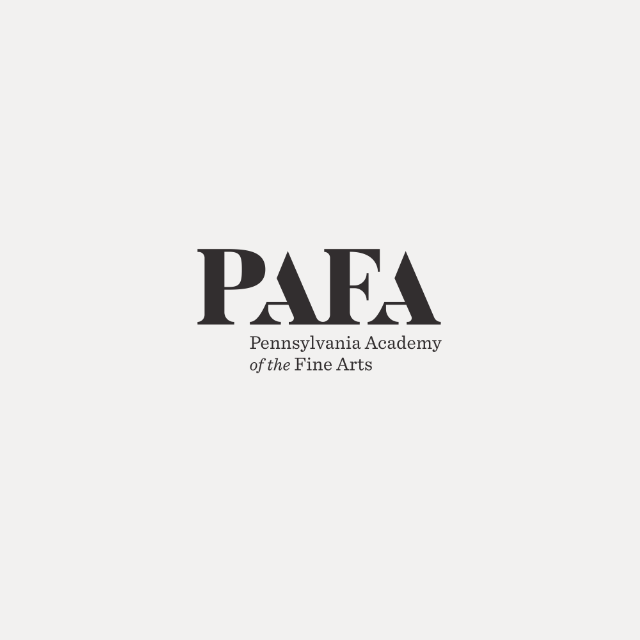
Death on the Pale Horse
Benjamin West
Although West had been elected the Pennsylvania Academy’s first honorary member in 1805, the museum did not acquire a work by the artist until 1836, when it purchased this painting. To raise the necessary seven thousand dollars, the institution had to mortgage its building. Less than ten years later, a disastrous fire damaged the Academy’s first home and much of its collection. "Death on the Pale Horse" was heroically saved by intrepid volunteer firemen, who cut the huge painting from its singed stretcher.
West based this work on the Book of Revelation 6:8, in which the Four Horsemen of the Apocalypse—Death, War, Famine, and Pestilence—ravage the earth. The biblical narrative of the painting was considered to be so complex that it was originally exhibited with an explanatory pamphlet, and even inspired a 114-page analysis by William Carey in 1836. While West had established his reputation as a Neoclassical painter, this late work shows him turning towards the newer romantic movement, and mindful of Edmund Burke’s artistic philosophy of “the Sublime,” a quality in art that is meant to evoke intense feelings of awe in the viewer. The monumental scale and packed composition also recall such populist art forms as dioramas and panoramas, spectacular images that toured galleries and lecture halls across the country. This version of "Death on the Pale Horse" is thought to be the artist's final major work.
Artist
Date of Birth
(1738-1820)
Date
1817
Medium
Oil on canvas
Dimensions
176 x 301 in. (447.0 x 764.5 cm.)
Accession #
1836.1
Credit Line
Pennsylvania Academy purchase
Copyright
No known copyright restrictions
Category
Subject